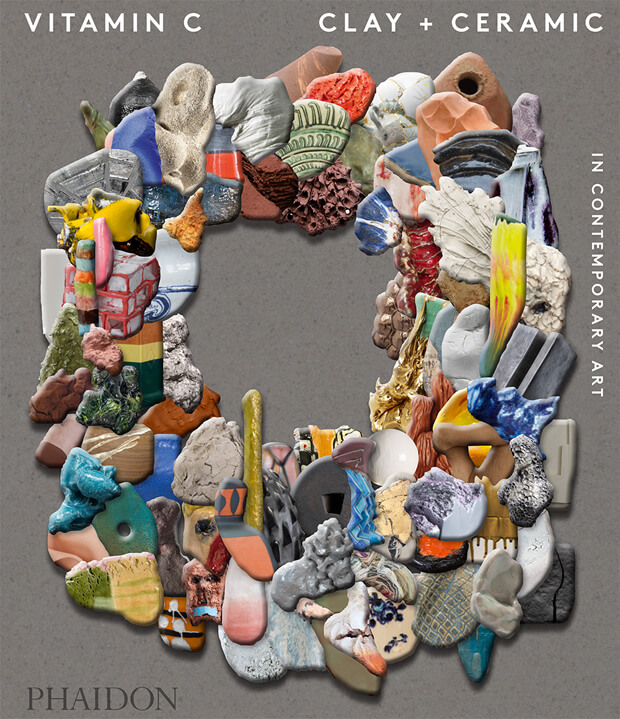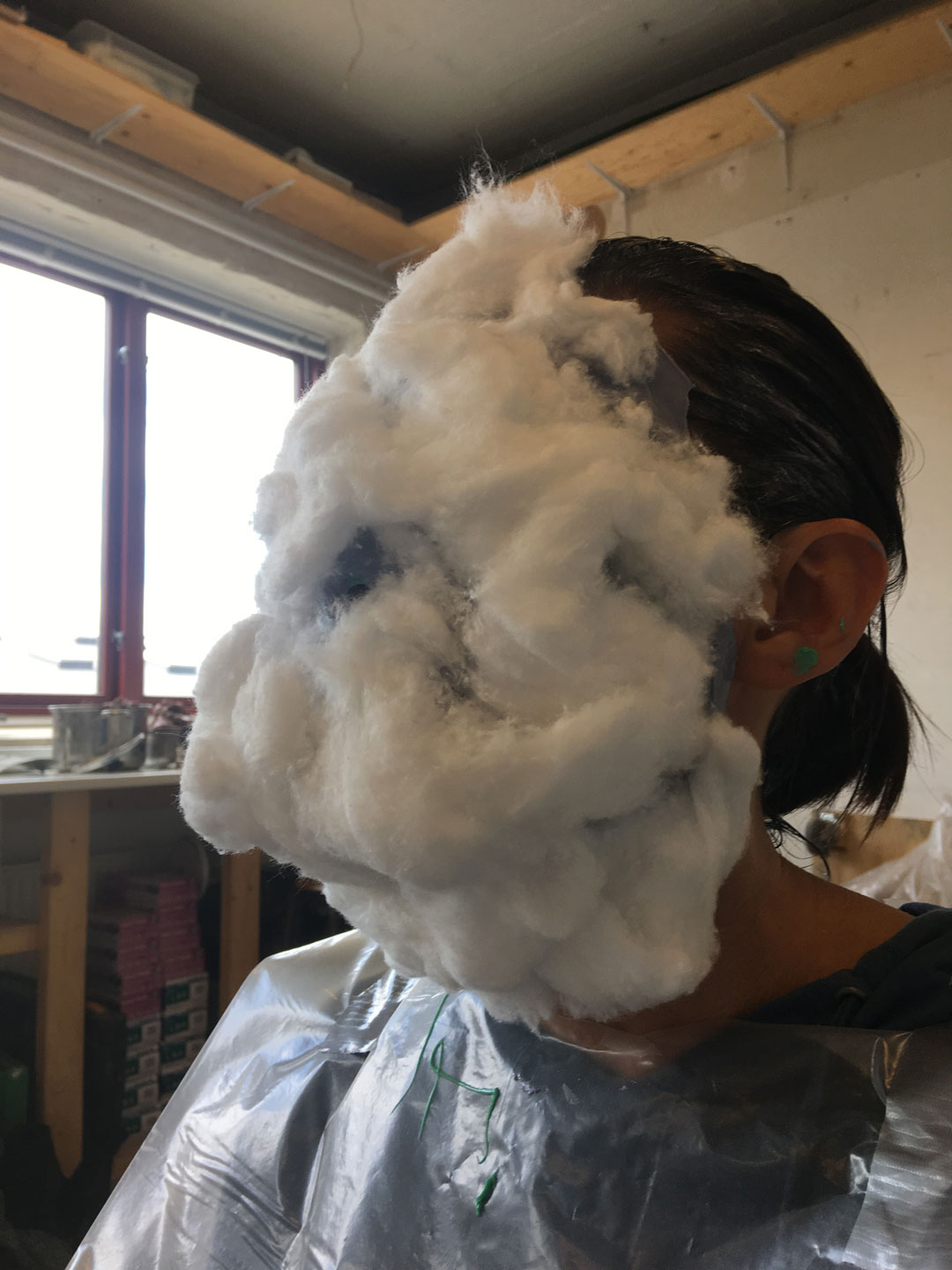
Lilibeth Cuenca Rasmussen - Why I Create
Exploring the inspirations and attitudes of artists working with clay and ceramic, featured in Vitamin C
Performance is at the heart of Filipino-Danish artist Lilibeth Cuenca Rasmussen’s practice. She describes herself as a living sculpture that talks’. Her performances are either observed by a live audience or documented in video. The body - her own, or that of family members and friends - is significant in terms of its relationship to space, and it becomes a means through which to interrogate personal identity, constructs of gender, ethnicity and culture.
Cuenca Rasmussen first used clay in 2013. Impersonating Edvard Eriksen’s famous sculpture The Little Mermaid (1913) - based on Hans Christian Andersen’s fairy tale and now a national symbol of Denmark - she reproduced its pose while covered in the local clay from Hamburg called ‘Die Elbmarsch Ton’. Cuenca described how the work’s symbolism sought to question ‘how a person’s origin [might] influence his or her character. Where we come from: does it matter at all, or do we easily adapt to foreign ground?’ Sociological discussions of nature versus nurture arise here, with the artist questioning what really makes us who we are.
Here, the Vitamin C: Clay and Ceramic in Contemporary Art featured artist tells us why she works in the medium, what particular challenges it holds for her and who she thinks always gets it right.
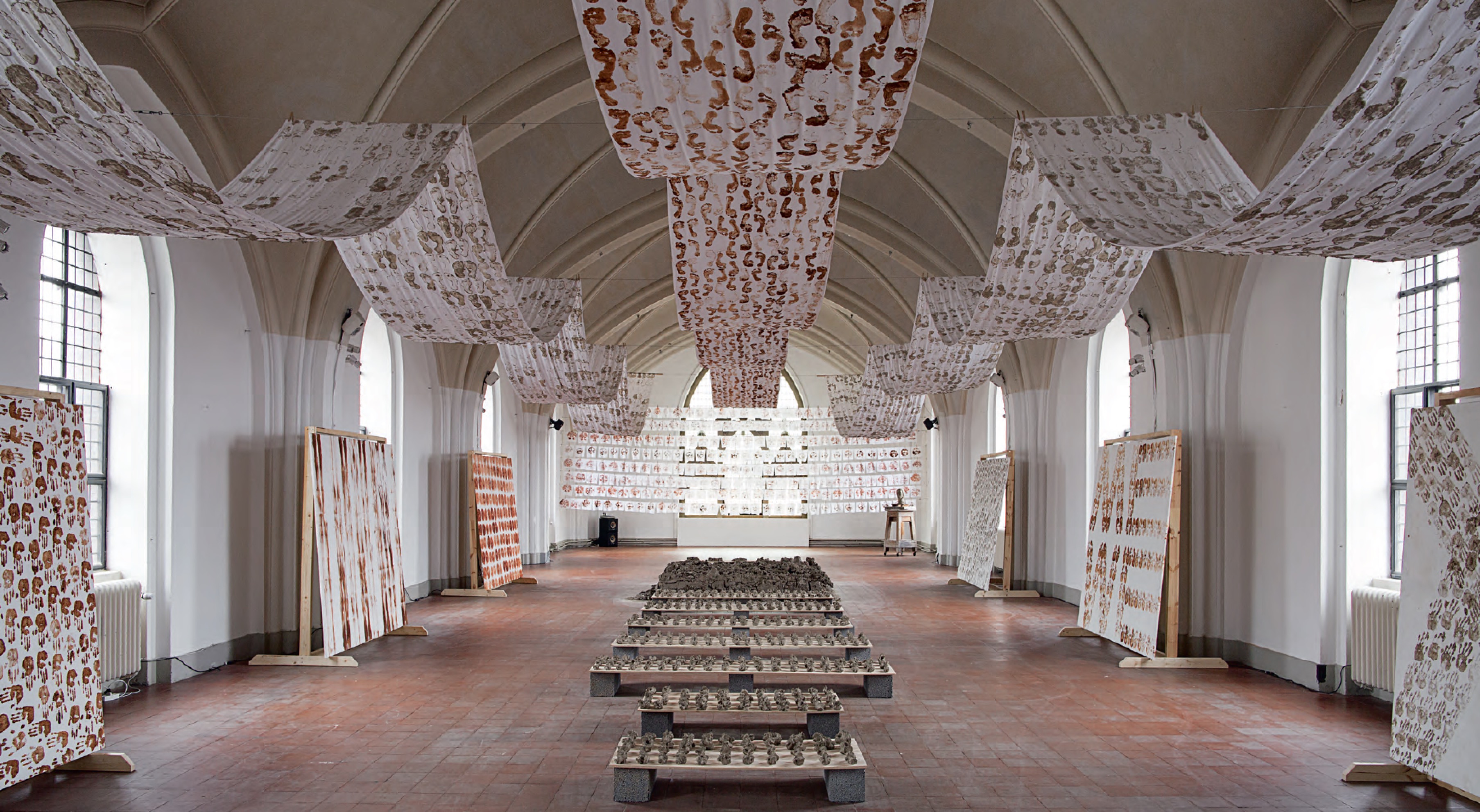
Who are you and what’s your relationship to clay and ceramics? I am a visual artist based in Copenhagen, Denmark. I started to work with earth-clay for a venue Unten am Havn in Hamburg in 2012. I used one ton of local clay from the region for a performance. I was smeared in the clay and sat on top of a clay cube. Posing as the little mermaid, I was dragged into the venue and people were encouraged to interact. The performance was about integrating my foreign body with local earth. Since then I have used wet, raw clay and earth in different ways: integrating the performative action and art making.
I think of it like this: I materialize the ephemeral, or you could say I make works, while I perform. My praxis is based on performance art which I transform into different materials and media such as video, photography, sculpture and installations. My works involve the body, scripted texts, composed music as well as intricate visual elements as costumes used as set design. I gather, adapt, and universalize my narratives in both a critical and humorous approach in regards to issues such as identity, culture, religion, gender and social relations.
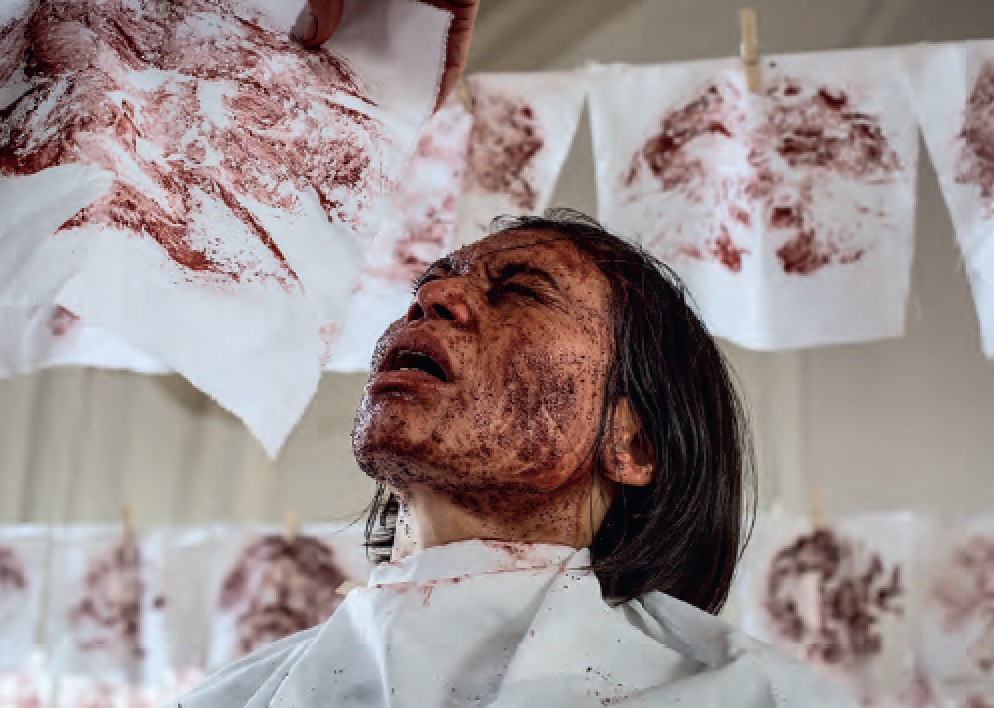
Why do you think there’s an increased interest around clay and ceramics right now? We exist in a world of concepts and immateriality. We are attracted to the opposites. Clay and ceramics are raw and fragile at the same time, they have a real feeling of materiality. In times of complexity, we are looking for the basic things, that ground us, earth or clay, ceramic.
Ceramics is sometimes regarded as decorative, rather than fine arts. Does the distinction bother or annoy you? I don’t agree. I know of amazing ceramic works that are edgy. These artists use the connotations of the material in an interesting way even in opposition to the material and its history. I don’t mind decorative as long as there is more to it.
Whose work in this field do you admire? Amongst the classics I love the humour and rawness in Pablo Picasso and Asger Jorns ceramics. Locally, the Danish-Norwegian artist Nils Erik Gjerdevik, his ceramics are often in pastel, surreal, weird almost corny. Gabriel Orozcos, My Hands Are My Heart from 1991. Recently I saw a clay piece by Kimsooja, I wish I had made. It was in Palazzo Fortuny in Venice. Different colours and sizes of balls of clay, installed partially on a wooden table. Beautiful work: it was like an image of our galaxy in earth.
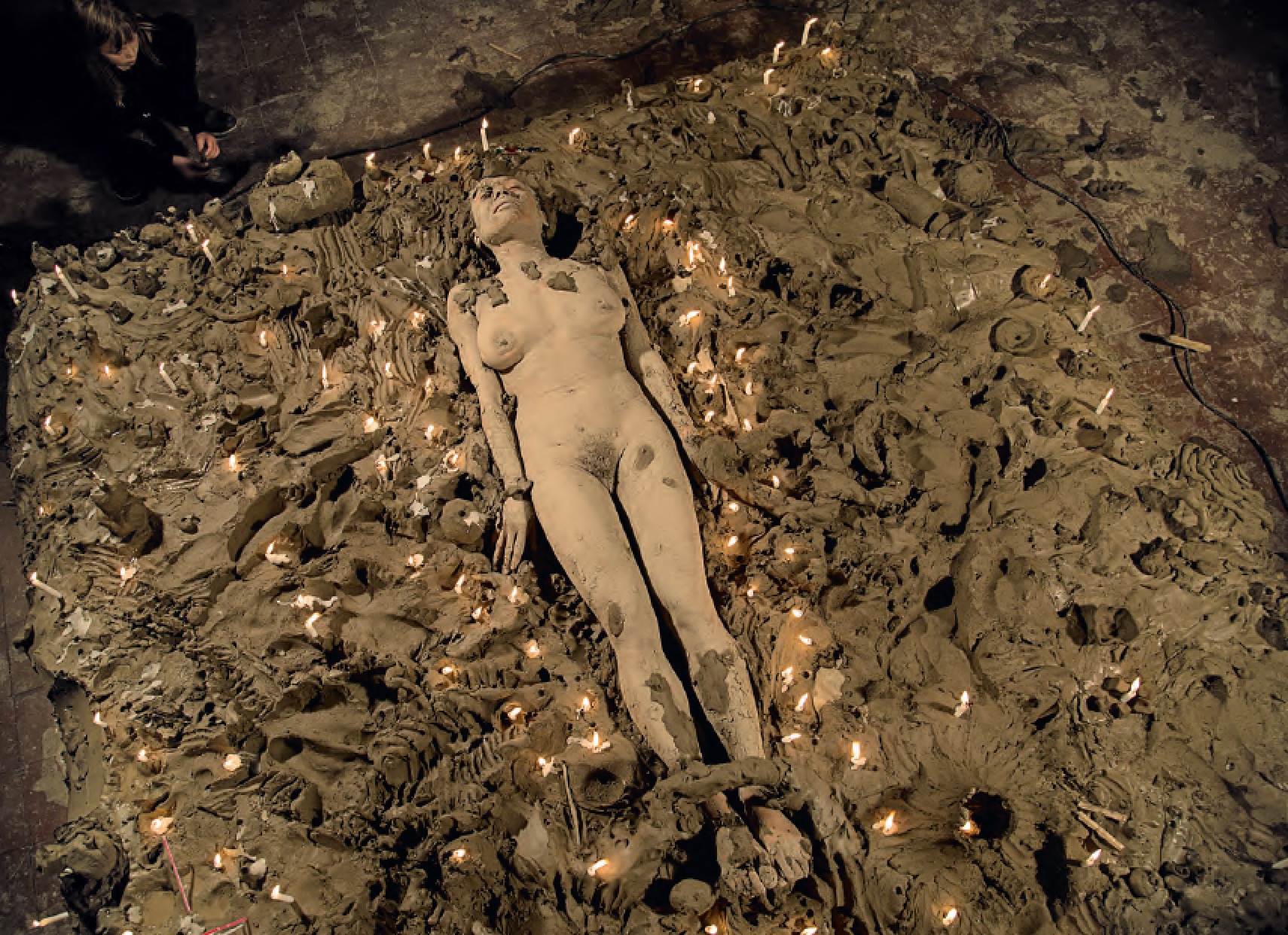
What are the hardest things for you to get ‘right’ and what are your unique challenges? The finish and to complete the work is my challenge. Often I have already moved on to new ideas, while I am still finalizing a project. I like to move on and fast. What I appreciate most about working is the beginning, the research, the process. It is also in this stage where the unexpected appear. In the final phase I kind of know where it is going, but it is a very important step, so I should be more disciplined about it.
What part does the vulnerability of the material play in things? In my opinion vulnerability is an attraction and plays a major role in the piece. It is the texture and entrance to sensibility and feelings. It is the opposite of concept.
Is how you display a piece an important element of the work itself? Do you ever suggest how something might be displayed? It can be, it really depends on the kind of work. Space, context, content are important parameters. If you place an Orozco terracotta piece inside a cave, you will read within an archeological context, or not even notice it, the same way as on a white pedestal in MOMA.
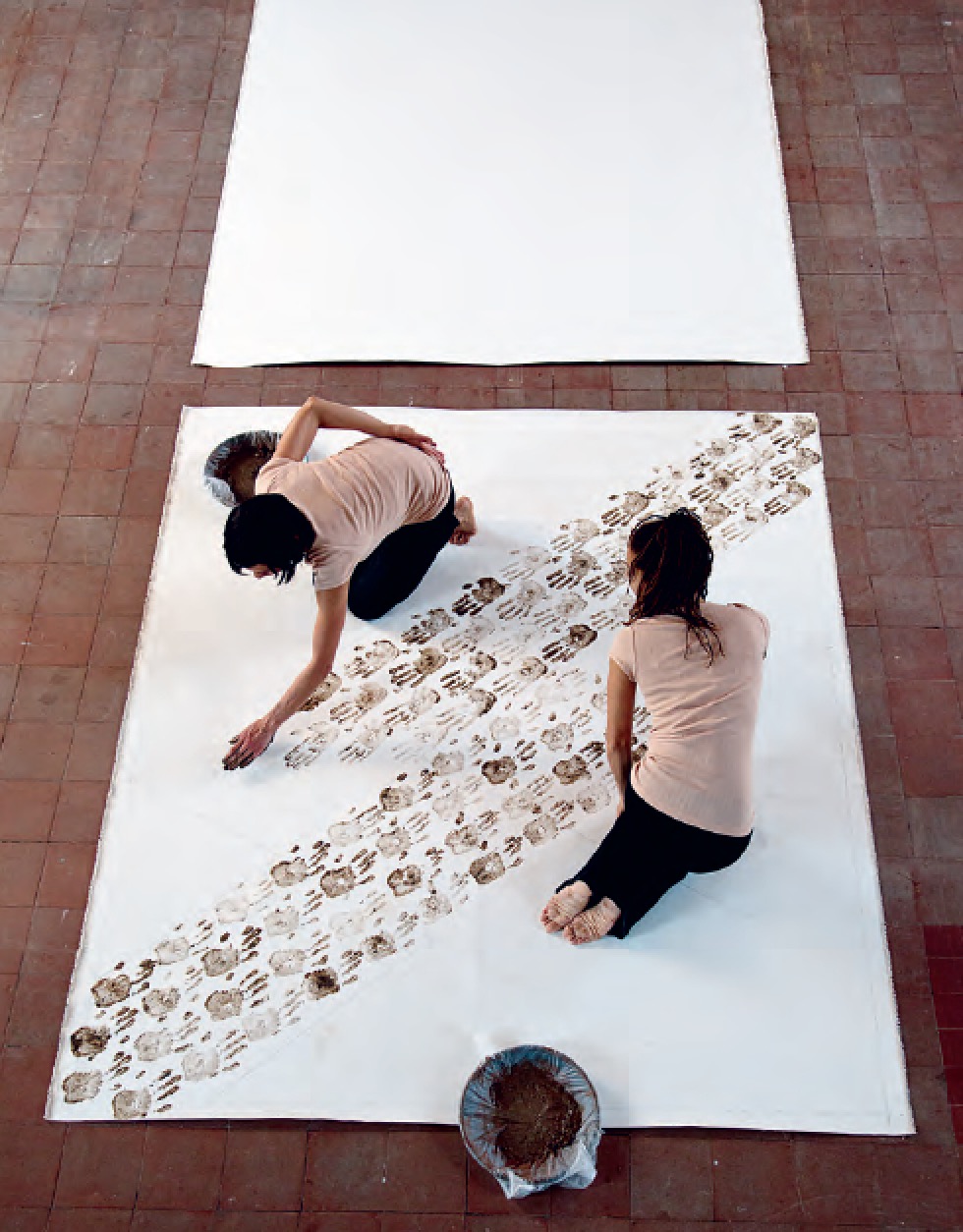
What’s next for you, and what’s next for ceramics? I am on my way to Lofoten in Norway to do site specific work in this beautiful nature. Part of this work I plan to bring on to Nordwind festival in Berlin called; _Songs of a melting Iceberg – Displaced without Moving. _Seems like there is an arctic theme going on. Regarding ceramics, I will take part in a group exhibition at the Asger Jorn Museum of Ceramics in Silkeborg, Denmark in February 2018.
Clay and ceramics have in recent years been elevated from craft to high art material, with the resulting artworks being coveted by collectors and exhibited in museums around the world. Vitamin C: Clay and Ceramic in Contemporary Art celebrates the revival of clay as a material for contemporary artists, featuring a wide range of global talent selected by the world's leading curators, critics, and art professionals. Packed with illustrations, it's a vibrant and incredibly timely survey - the first of its kind. Buy Vitamin C here. And if you're quick, you can snap up work by some of the artists in it at Artspace here.
